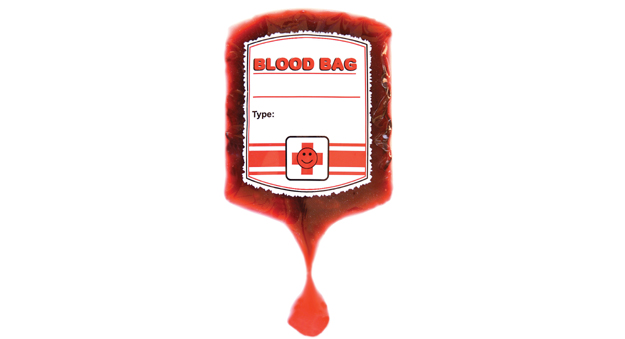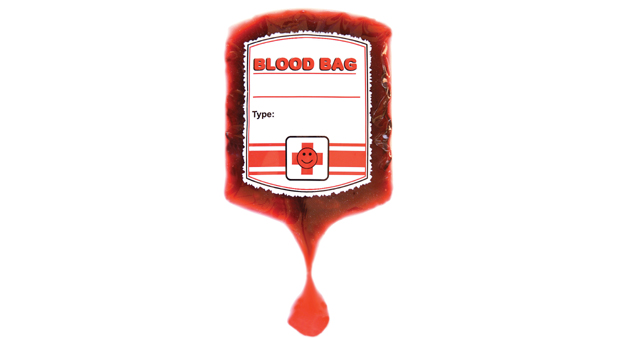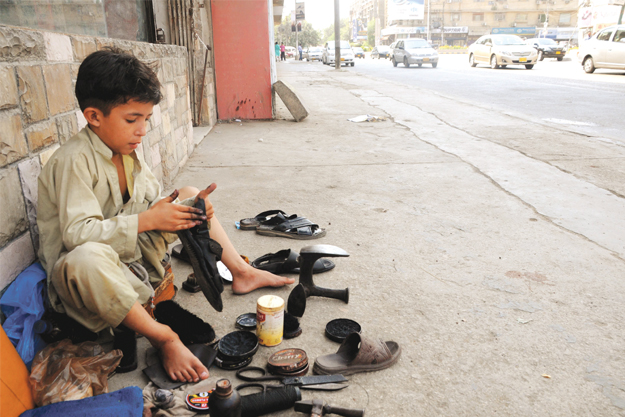
From brain drain to blood toxicity levels, here are a few new findings from the world of research with a focus on Pakistan.
Looks don’t count

How much you think you weigh could be important in managing how much you weigh. But it turns out that female university students in Karachi seem to be getting it quite wrong. Nine researchers published a study in BMC Public Health in March on a survey of 338 students they did in four universities in Karachi from September to November 2009. One-third of the women misclassified themselves. Underweight women were likely to consider themselves normal and be most satisfied with their weight. They found that 27% of them were underweight, 51% normal weight and 21% were overweight, given BMI data. Alarmingly, a little less than half of the 92 underweight girls thought they were normal. Only one female student thought she was underweight despite being truly overweight.
Losing doctors to Ireland
The mass exodus of doctors from Pakistan is going to pose a challenge in the future. This much we know. But where have they been going? Ireland as it turns out. A study by six experts from Trinity College Dublin gives the breakdown in the journal Health Policy this April. Between 2000 and 2010, Ireland became increasingly dependent on foreign-trained doctors to staff its health system. Registration data for that 10-year period was obtained from the Medical Council of Ireland. The proportion of foreign-trained doctors rose from 13.4% of all registered doctors in 2000 to 33.4% by 2010. The largest increase was in foreign-trained doctors from outside the EU, rising from 972 (7.4%) in 2000 to 4,740 (25.3%) of registered doctors in 2010. The biggest source country in 2000 was Pakistan. By 2010, South Africa had overtaken. The number of foreign-trained doctors from other EU countries doubled from 780 in 2000 to 1,521 in 2010.
Bad blood in Quetta

Hepatitis C, caused by hepatitis C virus (HCV) is a contagious disease of the liver which infects more than 170m people worldwide and around 16m in Pakistan. HCV-associated infection spreads mainly by blood-to-blood contact. In recent years, many studies have been conducted to determine the prevalence of HCV infection in Pakistan. However, no data has been available from Balochistan, the largest province. But in a study published in Virology Journal in March, seven researchers from Kohat University of Science and Technology examined 356 samples from young men who were blood donors in Quetta (17 to 25 years) at the Combined Military Hospital. They found that 20% of them were infected.
Iron man (child)

Three University of Karachi and Manchester Metropolitan University experts have reported for the first time high blood manganese levels in poor children who are already iron deficient. Pakistani children are already iron deficient but this opens them to the risk of higher absorption in the gut of trace metals such as manganese. Therefore, children living in heavily polluted cities like Karachi may be prone to manganese toxicity. A total of 269 poor children (aged 6-60 months) from low-income families were included in the study at three hospital out-patients departments. They wrote that blood manganese concentrations were much higher in children with anaemia. The findings were published in the journal, Public Health Nutrition in March. The trace metal can be found in drinking water, street dust and vegetables.
One thing Pakistanis are doing right in Norway

We are happy to report that the Norwegian Institute for Alcohol and Drug Research has found that Pakistani immigrants to Norway are not contributing to the cigarette-smoking epidemic there. The journal Ethnicity and Health published the paper in April based on a study of 14,768 people who answered questions on smoking, education and backgrounds. It turns out that Turkish men smoked the most (56%), followed by Iranians (42%) compared to 27% of Norwegian men. Pakistani men mostly reported never having smoked. It was virtually the same for Pakistani, Vietnamese and Sri Lankan women.
Published in The Express Tribune, Sunday Magazine, April 21st, 2013.
Like Express Tribune Magazine on Facebook to stay informed and join the conversation.














































COMMENTS
Comments are moderated and generally will be posted if they are on-topic and not abusive.
For more information, please see our Comments FAQ